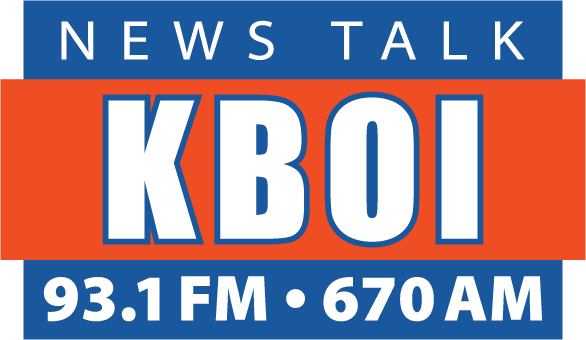In the United States, most colleges and universities use Latin honors to indicate the level of distinction with which an academic degree has been earned. Typically, there are three levels of Latin honors. Summa cum laude is highest, followed by magna cum laude and cum laude. Different schools award Latin honors for different reasons. Some award summa cum laude if the student achieves a 4.0 grade point average, or a straight-A average. Those schools award magna cum laude for a 3.75 average and cum laude for a 3.5. Others might award summa cum laude to those in the top 1%, 2% or 5% of their graduating class, then magna cum laude to the top 5%, 10% or 15% and cum laude for the top 20%, 25% or 33%. For those who attended a college where summa cum laude meant straight A’s, a single B often was the difference between summa and magna. If you talk to magna cum laude graduates who almost got all A’s, the classes they most often cite as their one blemish are in the math department. Algebra, geometry, trigonometry, calculus and statistics have caused many degree recipients to watch someone else give the valedictory speech at commencement. Often it’s because their own imaginations or lack thereof prevented them from relating to math problems as real world situations. There are groups in Idaho who want to change that. The Idaho Transportation Department, the Idaho Department of Education, the Idaho STEM Action Center and Horizon Credit Union have teamed up to create new math resources for students taking Algebra I. A coalition of Idaho math teachers developed a series of lessons they call “Do the math, save a life”. The lessons use Idaho Office of Highway Safety accident data to teach algebra and data analysis skills. The office collects data on all crashes that happen on Idaho roads and displays that data on publicly available dashboards. The new program uses that data to provide examples of math in real life and teaches about things like scatter plots, frequency tables and analyzing claims. And there’s a second benefit. The lessons also make students keenly aware of the dangers of distracted, aggressive and impaired driving. So doing the math might, in the long run, save lives, in addition to vaulting a few from magna to summa cum laude.








